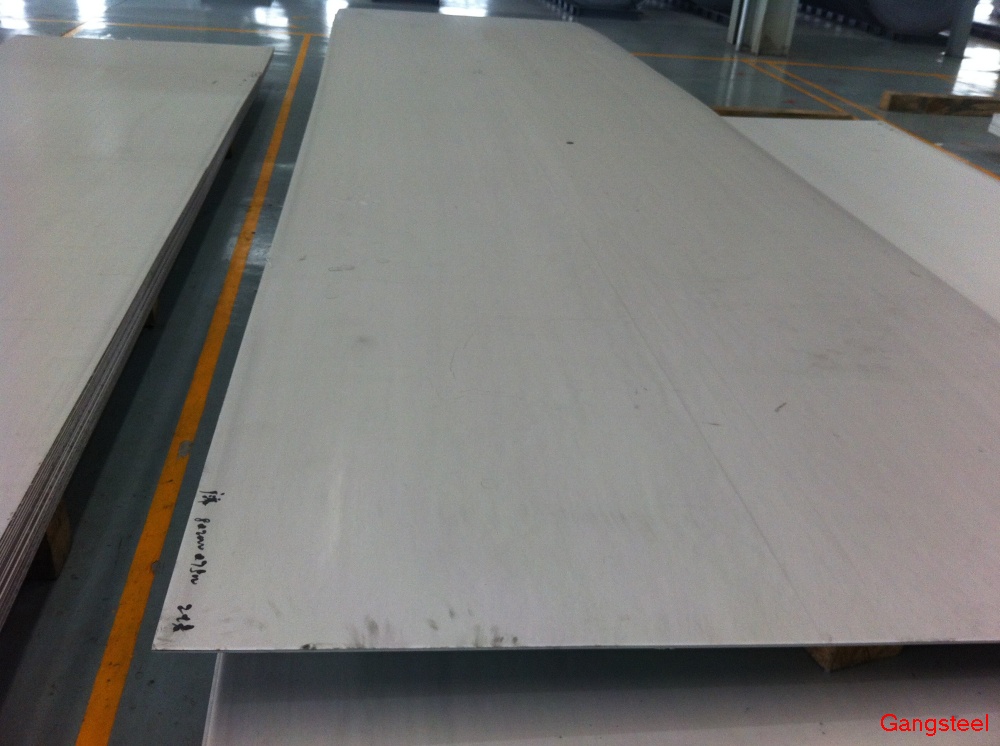A240 a203gr.a metal 15pc knife block
A240 a203gr.a metal 15pc knife block
AISI is the most well-liked and the oldest numbering system for all steels in the US. It states the chemical composition of an alloy based mostly on ladle analysis however does not point out other properties. AISI utilises a four-digit numbering system for carbon steels and a three-digit numbering system for stainless steels, having a “sort” prefix for identification.
A240 a203gr.a metal third rack
By including and subtracting varied elements to stainless steel, engineers have been able to create many alternative varieties of the alloy, every with their own traits and uses. Stainless steel is a flexible metal and can be used for many different things starting from construction to kitchen tools. Many different types of stainless-steel grades are utilized in foodservice establishments, and each type has its personal pros and cons. Grade 316 has particularly higher resistance to salt and chloride pitting.
These further elements are used to influence the metallic’s strength, ductility, corrosion resistance, and machinability. There are over 150 sorts of chrome steel, and each of them have totally different properties, which is why it is important to understand their variations. In the restaurant industry, it’s also particularly necessary to differentiate between the varied sorts as a result of one kind of meals grade stainless ASTM A203GR.A Nickel-Alloy steel plate steel may be better suited to a selected task. Understanding the variations between meals grade stainless steel grades and types can help just remember to make informed selections and purchase the best products to fit your needs. Stainless steel is an alloy of a number of different types of metallic that, when combined, are stronger and more sturdy than when they are separate.
Some metal grades contain suffixes that indicate the modifications within the composition, corresponding to type 303Se, showing the addition of selenium into the composition. The AISI compositions and designations act as the primary standards for a wide range of industries . Another popular excessive-performing alloy, grade 304 chrome steel is a sturdy material by way of tensile power, sturdiness, corrosion, and oxidation resistance. The melting level of chrome steel 304 is reached at temperatures ranging between 2,550 °F – 2,650 °F (1399 °C – 1454 °C).
A240 a203gr.a steel plate 4×8 price

- Stainless metal is an extremely helpful material within the foodservice business as a result of its energy, durability, and corrosion resistance.
- Alloy Steels comprise alloying elements like nickel, copper, chromium, and/or aluminum.
- Among food grade stainless steel there are a variety of sorts, and knowing their different properties and uses might help you make an knowledgeable buy.
What is grade C steel?
ASTM A285 Grade C is a low to intermediate yield steel used in the fabrication of carbon steel pressure vessels and boilers. The steel is intended for use in standard tanks and boilers rather than high pressurised vessels due to the steels lower yield strength.
This allows A36 metal to be easily machined, welded, and formed, making it extraordinarily helpful as a basic-purpose metal. The low carbon additionally prevents heat treatment from having much of an impact on A36 metal. A36 metal often has small quantities of different alloying components as properly, including manganese, sulfur, phosphorus, and silicon. These alloying components are added to provide A36 metal its desired chemical and mechanical properties. Since A36 doesn’t include giant quantities of nickel or chromium, it does not have glorious corrosion resistance.
Pitting corrosion can occur when chrome steel alloys, similar to grade 304 stainless steel, come into contact with salt-wealthy sea breezes and seawater. Chloride resistant metals, like grade sixteen stainless-steel, are important to make use of for naval purposes or anything concerned with chloride. Unlike most AISI grades similar to 1018, 1141, or 4140, American Society for Testing and Materials (ASTM) A36 metal isn’t designated by chemical composition. This means that while most grades will need to have added alloys that match between certain percentages, A36 must meet specific mechanical requirements. For instance, steel bars and plates should have a minimum yield power of 36,000 pounds per sq. inch.
Stainless steel is an extremely useful material in the foodservice industry as a result of its power, sturdiness, and corrosion resistance. Among food grade stainless-steel there are a number of types, and understanding their totally different properties and makes use of might help you make an informed buy. Alloy Steels contain alloying components like nickel, copper, chromium, and/or aluminum.
However, the nearer grade 304 stainless-steel reaches its melting point, the extra tensile power it loses. Grade 316 is a popular alloy of stainless steel with a melting range of two,500 °F – 2,550 °F (1,371 °C – 1,399 °C).
What is steel plate?
Steel Plate, or structural steel is simply steel sheet material that can be customarily cut and welded to develop a more elaborate product. It is made by compressing multiple steel layers together into one; forming a plate of steel. Applications for Steel Plate are based acutely on the specifics of the project.
While there are some chemical composition requirements that A36 steel must adhere to, the most important attribute is the yield energy requirement. Low carbon steels are classified by having less than zero.3% carbon by weight.
